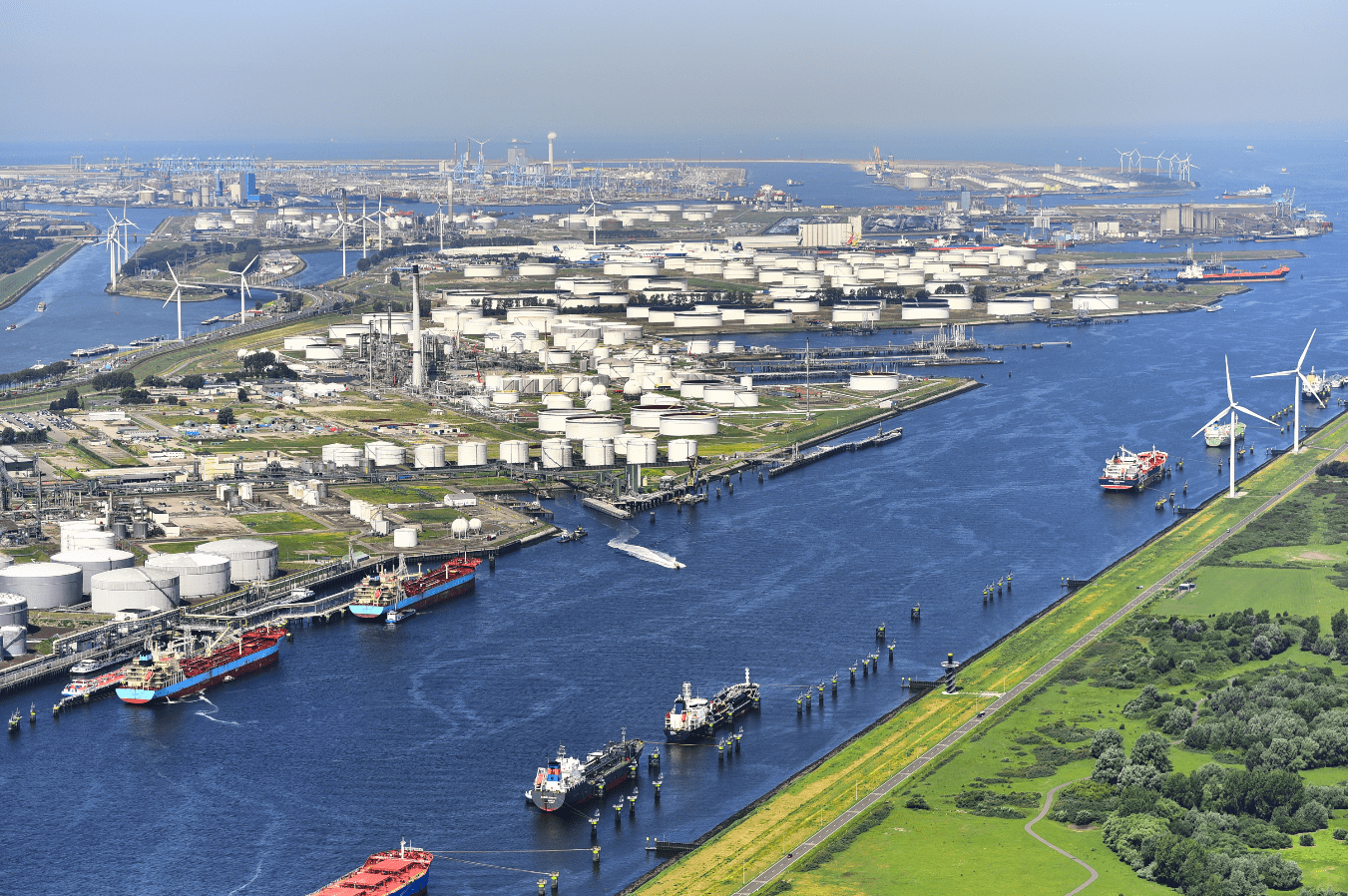

- Nieuws
-
Uitgelicht
-
Uitgelicht
- Recent
-
- Magazine
-
Uitgelicht
-
Uitgelicht
- Recent
-
- Kiosk
- Columns
- Bedrijveninfo
- Adverteren
Selecteer Pagina

Foto: Danny Cornelissen
H-vision heeft een aantal ingenieursbureaus gevraagd de waterstoffabrieken te ontwerpen. Het doel is de eerste fabriek in 2027 in gebruik te nemen.
H-vision bevindt zich inmiddels in de pre-FEED-fase (front-end engineering design), laat het project in een status update weten. Een aantal ingenieursbureaus is gevraagd om voor het eind van het jaar een ontwerp te maken hoe de waterstoffabrieken er in detail uit kunnen zien. Op basis hiervan wil H-vision tegen het einde van het jaar een keuze maken of ‘een select aantal’ voorstellen nader vergelijken.
In het H-vision-project worden grotendeels industriële restgassen omgezet in waterstof. De CO2 die daarbij vrijkomt wordt afgevangen en in de zeebodem opgeslagen. De eerste waterstoffabriek moet in 2027 operationeel zijn. Hiermee wordt 1,3 miljoen ton CO2-uitstoot bespaard. Deze fabriek komt in de Botlek of op de Maasvlakte. Een tweede fabriek tilt de CO2-reductie naar 2,7 miljoen ton.
Hoewel het project in technisch opzicht vordert, is er nog een ‘ruime uitdaging’ op financieel gebied. De overheid heeft haar toezegging om H-vision financieel te ondersteunen nog niet laten volgen door daden. Het projectteam zegt hierover in gesprek te blijven met bestuurders en beleidsmakers in Den Haag en Brussel.
Zie ook: Shell Pernis voorkeurslocatie H-vision
H-vision has asked a number of engineering firms to design the hydrogen plants. The aim is to put the first plant into operation in 2027.
H-vision is now in the pre-FEED phase (front-end engineering design), the project announced in a status update. A number of engineering firms have been asked to produce a design by the end of the year to show how the hydrogen plants might look in detail. Based on this, H-vision wants to make a choice by the end of the year or compare ‘a select number’ of proposals.
In the H-vision project, largely industrial residual gases are converted into hydrogen. The CO2 released in the process is captured and stored in the seabed. The first hydrogen plant in Rotterdam should be operational in 2027. It will save 1.3 million tonnes of CO2 emissions. This factory will be built in the Botlek or on the Maasvlakte. A second factory will lift the CO2 reduction to 2.7 million tonnes.
Although the project is progressing technically, there is still an ‘ample challenge’ in financial terms. The government has not yet followed up on its pledge to support H-vision financially. The project team says it will continue to discuss this with administrators and policymakers in The Hague and Brussels.